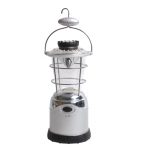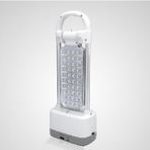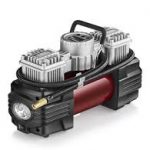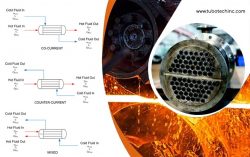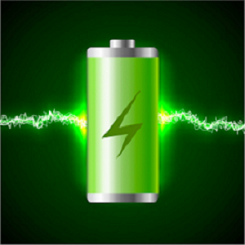Linsheng – LED Drive Power Performance
Linsheng introduced: LED drive power is a power converter that converts the power supply into a specific voltage and current to drive the LED to emit light. Normally, the input of the LED drive power includes high-voltage power frequency AC (ie, mains), low-voltage DC, high voltage. DC, low-voltage high-frequency AC (such as the output of electronic transformers).
The output of the LED driver is mostly a constant current source that changes the voltage as the LED’s forward voltage drop changes.
1. High reliability: Especially like the driving power supply of LED street lamps, it is installed at high altitude, the maintenance is not convenient, and the maintenance cost is also large.
2, high efficiency: LED is an energy-saving product, the efficiency of the drive power is high. For the power supply installation, the structure of the led drive power supply in the luminaire is especially important. Since the luminous efficiency of the LED decreases as the temperature of the LED increases, the heat dissipation of the LED is very important. The power source has high efficiency, its power consumption is small, and the heat generated in the lamp is small, which reduces the temperature rise of the lamp. It is beneficial to delay the light decay of LEDs.
3. High power factor: The power factor is the requirement of the grid for the load. Generally, there are no mandatory indicators for electrical appliances below 70 watts. Although the power factor of a single power consumer with low power has little effect on the power grid, at night, everyone lights up, and the similar load is too concentrated, which will cause serious pollution to the power grid. For 30 watts to 40 watts of LED driver power, it is said that in the near future, there may be certain indicators for power factor. (LED emergency power supply, led emergency power supply, fire emergency light power supply)
4. Drive mode: There are two types of traffic: one is a constant voltage source for multiple constant current sources, and each constant current source supplies power to each LED separately. In this way, the combination is flexible, and all the LED faults do not affect the work of other LEDs, but the cost will be slightly higher. The other is direct constant current supply, with LEDs running in series or in parallel. Its advantage is that the cost is lower, but the flexibility is poor, and it is necessary to solve a certain LED failure without affecting the operation of other LEDs. These two forms coexist for a while. Multi-channel constant current output power supply mode will be better in terms of cost and performance. Perhaps it is the mainstream direction in the future.
5, surge protection: LED anti-surge ability is relatively poor, especially anti-reverse voltage capability. It is also important to strengthen protection in this area. Some led lights are installed outdoors, such as LED street lights. Due to the start of the grid load and the induction of lightning strikes, various surges will be invaded from the grid system, and some surges will cause LED damage. Therefore, the LED driver power supply must have the ability to suppress the intrusion of surges and protect the LEDs from damage.
6. Protection function: In addition to the conventional protection function, it is better to increase the LED temperature negative feedback in the constant current output to prevent the LED temperature from being too high.




